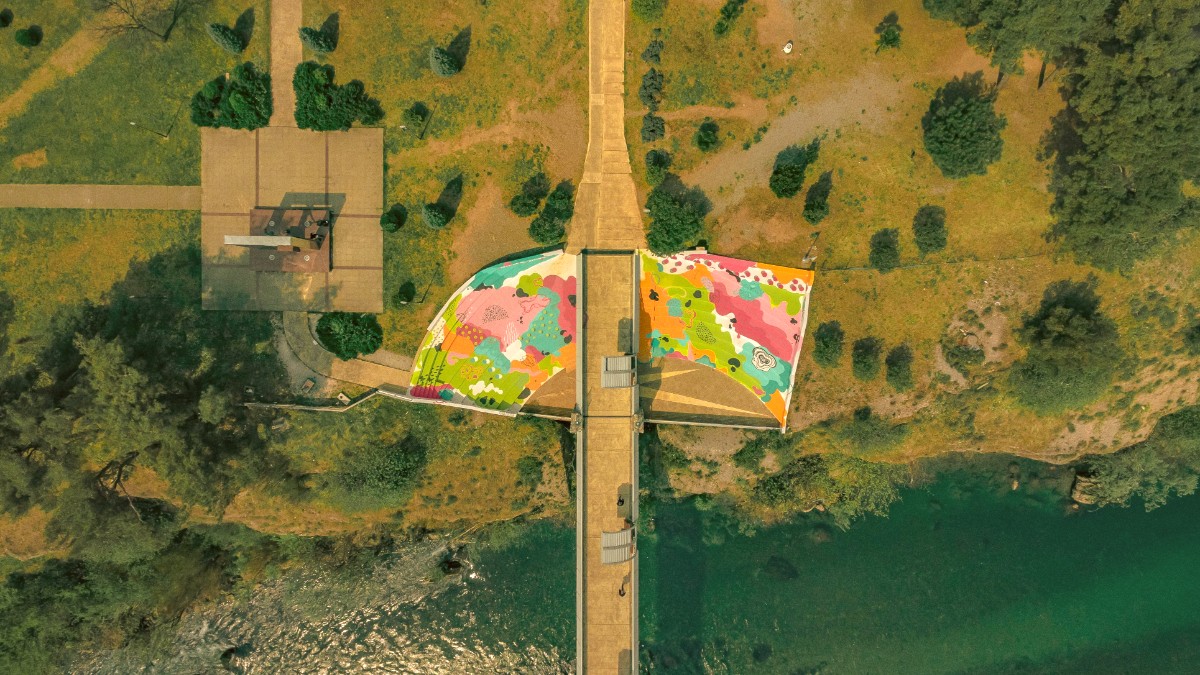
Montenegro
This city acts as a central point, a place from which to explore the country's diverse landscapes. It sits at a crossroads, making travel simple to the rugged northern mountains, the stunning Adriatic coastline, or the ancient Lake Skadar. Discovering Podgorica means uncovering a city rebuilding itself, preserving fragments of its past while embracing modernity. It shows a different side of Montenegro, one focused on everyday living rather than just tourism.
The city's charm stems from its authenticity and its less-traveled appeal. Visitors immerse themselves without the overwhelming crowds found in more famous destinations. You find a warm welcome and chances to connect with locals.
This guide details everything for a complete Podgorica experience, from practical planning to exploring hidden corners. Prepare to see Montenegro from its very core, starting right here in its capital. Podgorica is a destination to explore, a place with its own appeal and stories.
Podgorica is a strategic position in central Montenegro, nestled in the Ribnica and Zeta river valleys. Two rivers, the Moračan and its smaller tributary, the Ribnica, flow through the city, shaping its landscape and creating picturesque riverfront areas. This central location makes Podgorica a natural hub for transportation within Montenegro and for connections to neighboring countries.
The city sits in the fertile Zeta Plain, an agricultural region, which contrasts with the dramatic mountainous terrain that borders the plain. This geographical position gives Podgorica an unique climate: a humid subtropical climate with hot, dry summers and mild, wet winters. The surrounding mountains create a basin effect, making Podgorica one of the warmest cities in the Balkans during summer. The city’s immediate surroundings are mostly flat, favoring urban development and simple internal movement.
Flow through the city, shaping its landscape.
A fertile agricultural region surrounding the city.
To the north, offering stunning natural beauty.
To the south, the largest lake in the Balkans.
Easily accessible within an hour or two by road.
The flat terrain within the city center promotes exploration by foot or bicycle. The rivers, with their historic bridges and modern spans, create pleasant walking paths along their banks. Gorica Hill, a prominent green space just north of the city center, presents panoramic views of Podgorica and the surrounding plains. Its elevation offers a natural escape and a viewpoint to appreciate the city's layout against its natural backdrop.
The city presents a different experience from the coastal areas, which have a more Mediterranean climate, or the northern mountains, which experience harsh winters. Podgorica’s climate makes possible comfortable exploration during spring and autumn, while summer brings intense heat, often directing visitors towards nearby water bodies or air-conditioned indoor spaces.
The presence of two rivers also shaped the city's early development, with settlements historically concentrated near their confluence. The dramatic landscapes of Montenegro are never far, visible on the horizon or accessible with a short drive.
Podgorica is not just a stopover; it represents a destination to explore, a place with its own appeal and stories.
Podgorica’s history is long and complex, marked by repeated destruction and rebuilding. This history gives the city a distinct character, where ancient fragments coexist with modern structures. The area has seen habitation since prehistoric times.
The earliest major settlement was Doclea, an Illyrian and later Roman city, whose ruins lie a few kilometers north of modern Podgorica. Doclea was a significant urban center, reflecting Roman influence in the region. Its remnants show the early strategic value of this valley.
This evolved into Podgorica, first mentioned in historical records in the 14th century. Its strategic location made it a crossroads for trade routes. In 1474, the Ottoman Empire conquered Podgorica, and it remained under Ottoman rule for over four centuries. During this period, the city developed a distinct oriental character, especially in its Old Town (Stara Varoš) area. Mosques, a Clock Tower, and narrow, winding streets from this era still stand, offering tangible links to its Ottoman past. These structures are some of the oldest surviving buildings in the city, providing a rare glimpse into its pre-20th century appearance.
Montenegro regained Podgorica from the Ottomans in 1878 at the Congress of Berlin, marking a pivotal moment in its modern history. The city began to modernize and expand beyond its Ottoman core. However, the 20th century brought immense challenges. Both World War I and World War II caused immense destruction to Podgorica. During World War II, the city suffered over 70 bombardments, practically leveling it. This extensive damage explains why Podgorica, unlike many other European capitals, lacks a large, well-preserved historical center. Most of what you see today was built after 1945.
After World War II, Podgorica was renamed Titograd in honor of Yugoslav leader Josip Broz Tito. It became the capital of the Socialist Republic of Montenegro within Yugoslavia. During this communist era, extensive urban planning and construction took place, resulting in the wide boulevards and functionalist architecture that characterize much of the modern city. The city regained its original name, Podgorica, in 1992 following the breakup of Yugoslavia.
This history of destruction and rebirth shaped Podgorica into the city it is today: a mix of historical remnants, post-war socialist architecture, and modern developments. It is a city that looks forward, yet acknowledges its layered past.
Montenegro's capital, serving as the country's administrative and economic focal point.
A quieter side of Montenegrin life, with a café culture.
A mosaic of ancient stone, Ottoman heritage, socialist designs, and contemporary structures.
A modern architectural marvel spanning the Morača River, especially beautiful when illuminated at night.
A relic of the Ottoman era, located in the charming Stara Varoš (Old Town).
A grand, ornate Orthodox cathedral, a striking piece of contemporary architecture.